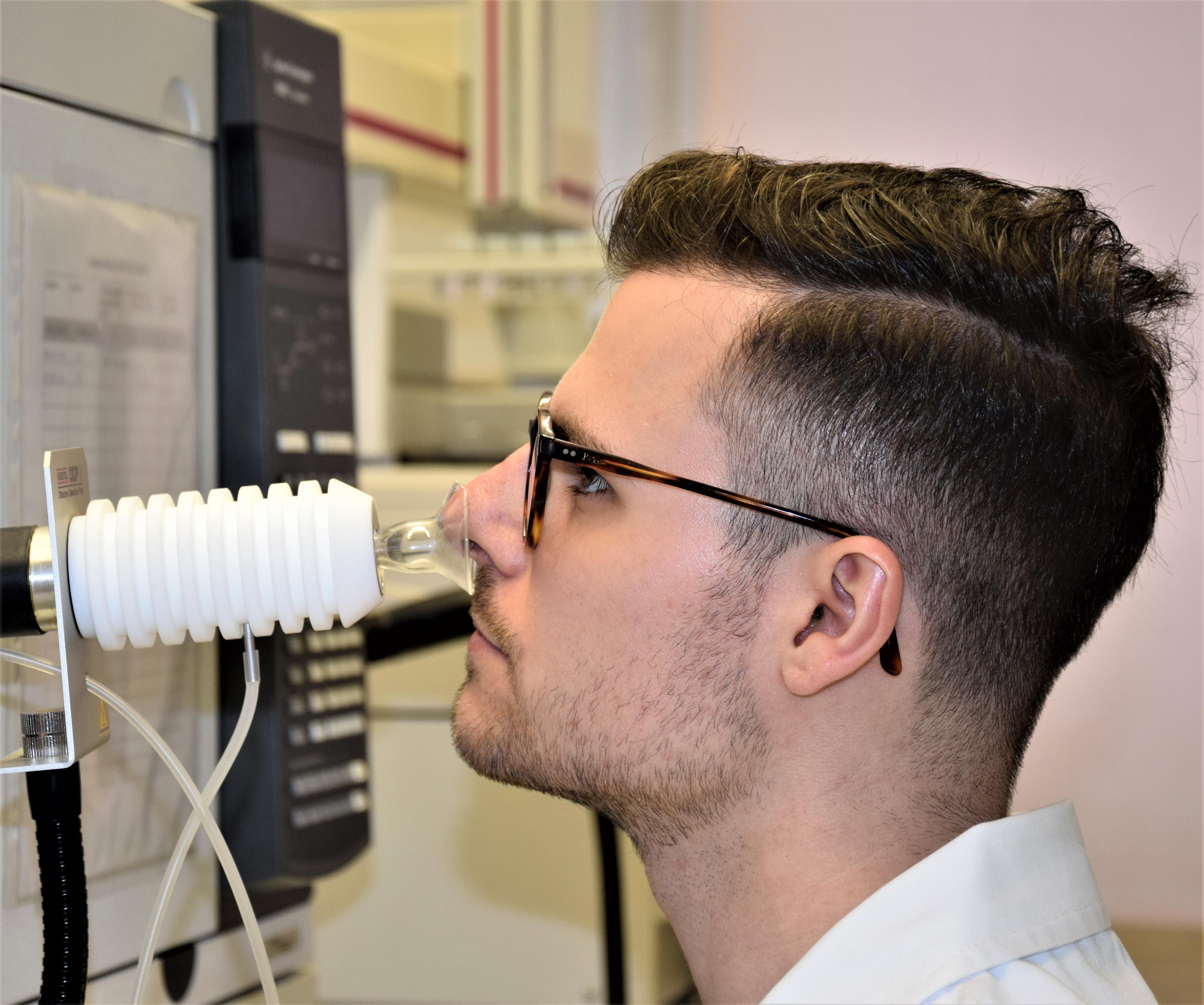News release
From:
Stop and smell the body odour
Differences in the chemical composition of infant and teenage body odour are described in a small study published in Communications Chemistry. Among the differences identified are two compounds that were found exclusively in teenage body odour samples, which smell of sweat, urine, musk, and sandalwood.
Helene Loos and colleagues compared the chemical composition of pooled body odour samples from 18 infants (aged between zero and three years) and 18 teenagers (aged 14 to 18 years). Samples were collected from cotton pads that were sewn into the armpits of cotton t-shirts and body suits worn by the participants for one night. Teenage participants and the parents of infant participants were instructed to avoid strongly flavoured foods and perfumed products and detergents for 48 hours prior to the study.
The authors found that although the chemical composition of body odour was similar in both groups, those collected from teenagers contained higher levels of the carboxylic acids 3-methylbutanoic acid, 2-methylheptanoic acid, octanoic acid, 4-ethyloctanoic acid, dodecanoic acid, and myristoleic acid in addition to patchouli alcohol, and an unknown odour. They describe the odours of the carboxylic acids as ‘cheesy’, ‘fruity and dried plum-like’, ‘musty, coriander-like, and fatty’, ‘goat-like’, ‘wax-like and soapy’, and ‘earthy, grassy, and green bell pepper-like’ while the unknown odour has a ‘sandalwood- and perfume-like’ smell and the patchouli alcohol has an ‘earthy’ smell. The authors also identified two compounds — the steroids 5α-androst-16-en-3-one and 5α-androst-16-en-3α-ol — that were found exclusively in samples from teenagers, which they report smell of ‘sweat, urine, and musk’ and ‘sandalwood and musk’. The ketone α-isomethylionone, which has a ’violet-like’ smell, and an unknown odour described as ‘soap- and perfume-like’ was found at higher levels in infant body odour samples, compared to teenage samples. The authors note that as they analysed pooled samples, they were unable to determine whether the compounds were present across all individual body odour samples from each age group.
The authors suggest that the higher levels of carboxylic acids and the occurrence of steroids may result from the difference in activity of sebaceous glands and apocrine sweat glands (both associated with the hair follicle) between teenagers and infants. They propose that patchouli alcohol and α-isomethylionone may have originated from perfumed substances that persisted despite use of perfume-free products and detergents prior to the study. They speculate that the absence of unpleasant smelling steroids together with lower levels of carboxylic acids in infant body odour samples could contribute to them being typically rated as more pleasantly scented than teenager body odours.
Multimedia






 International
International



